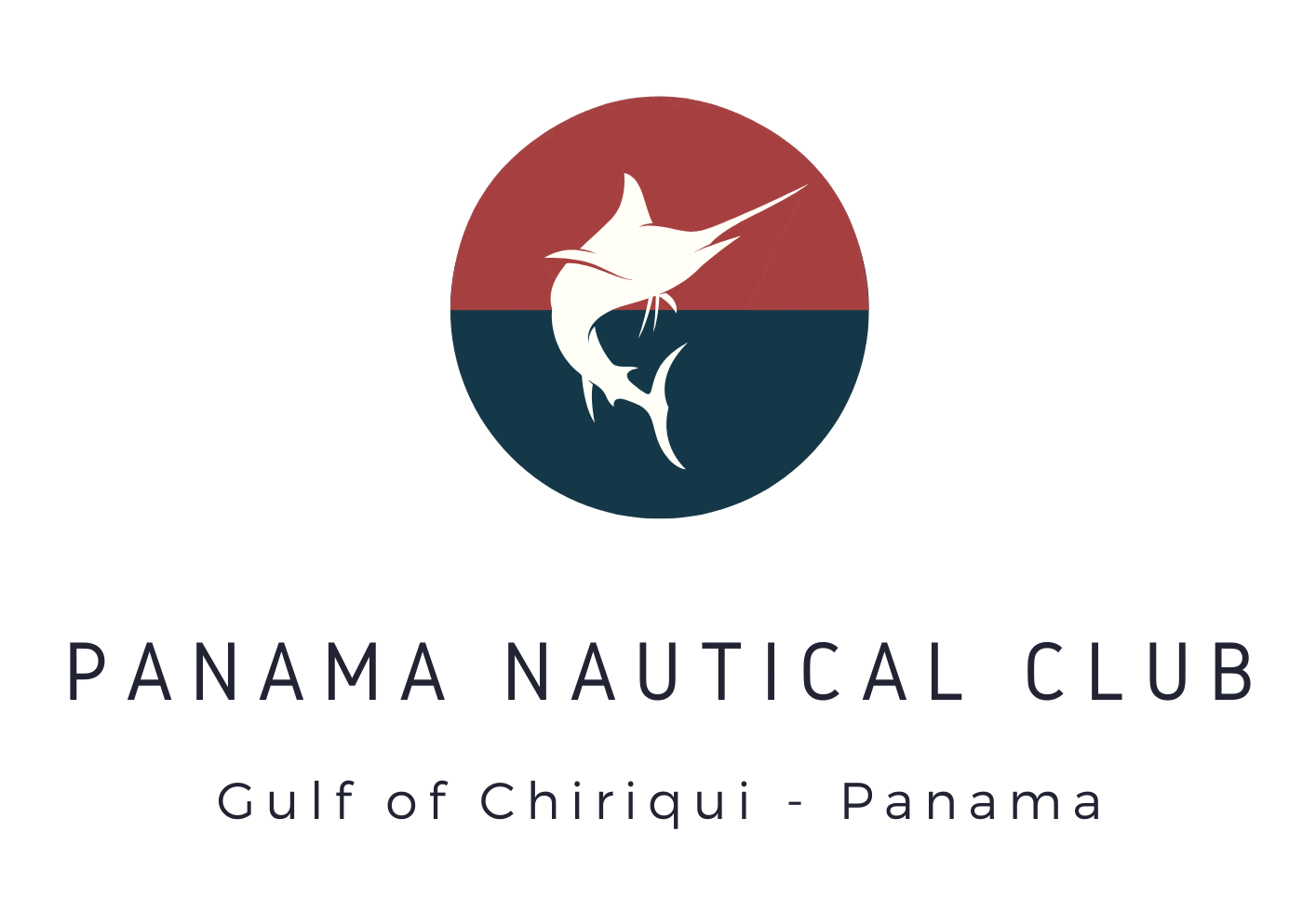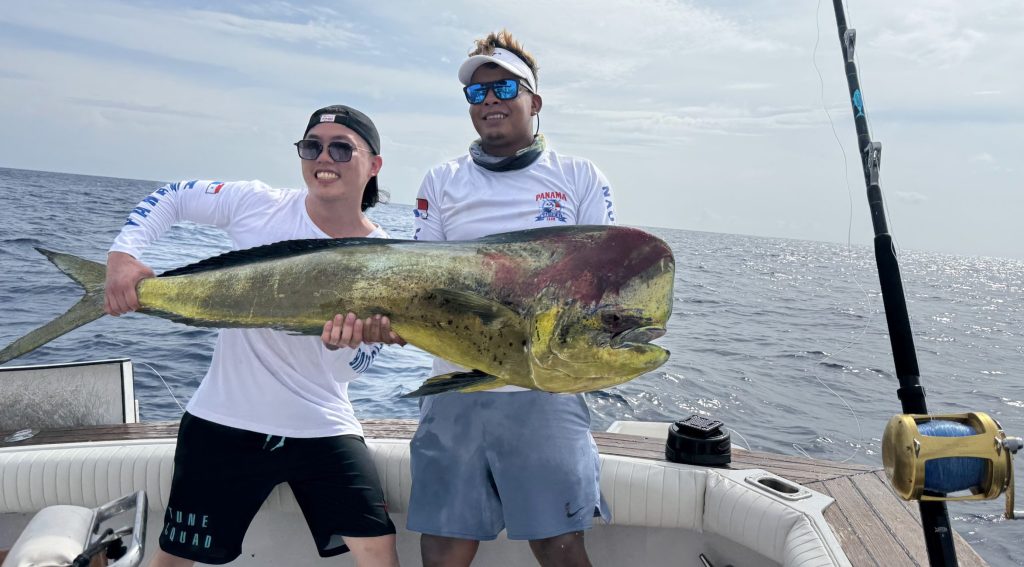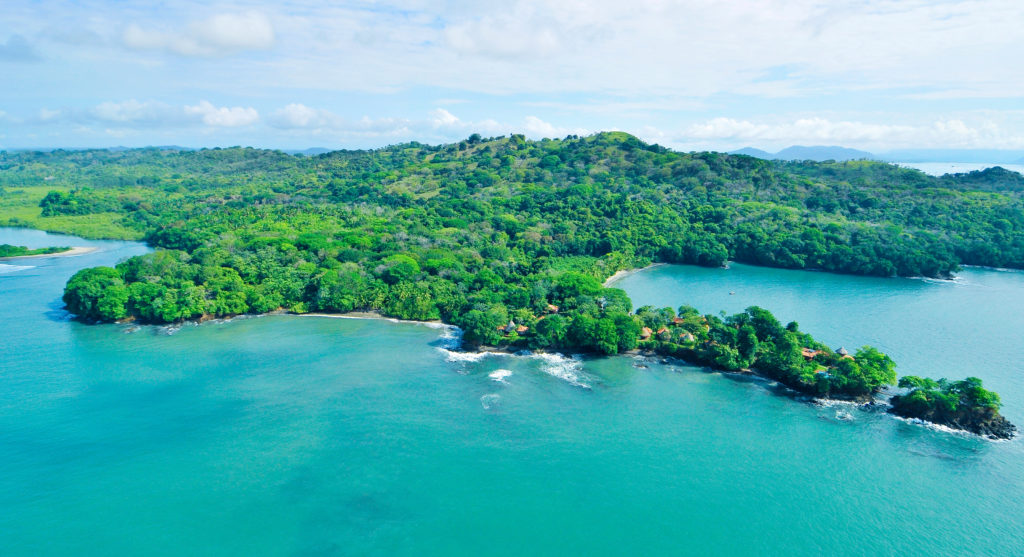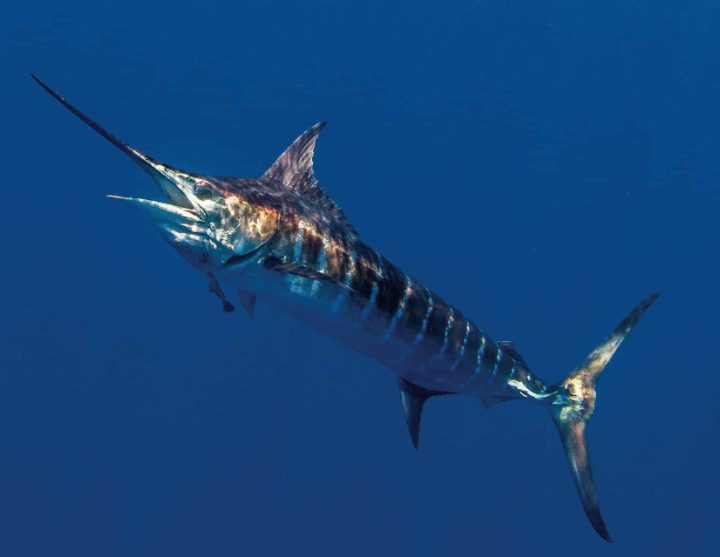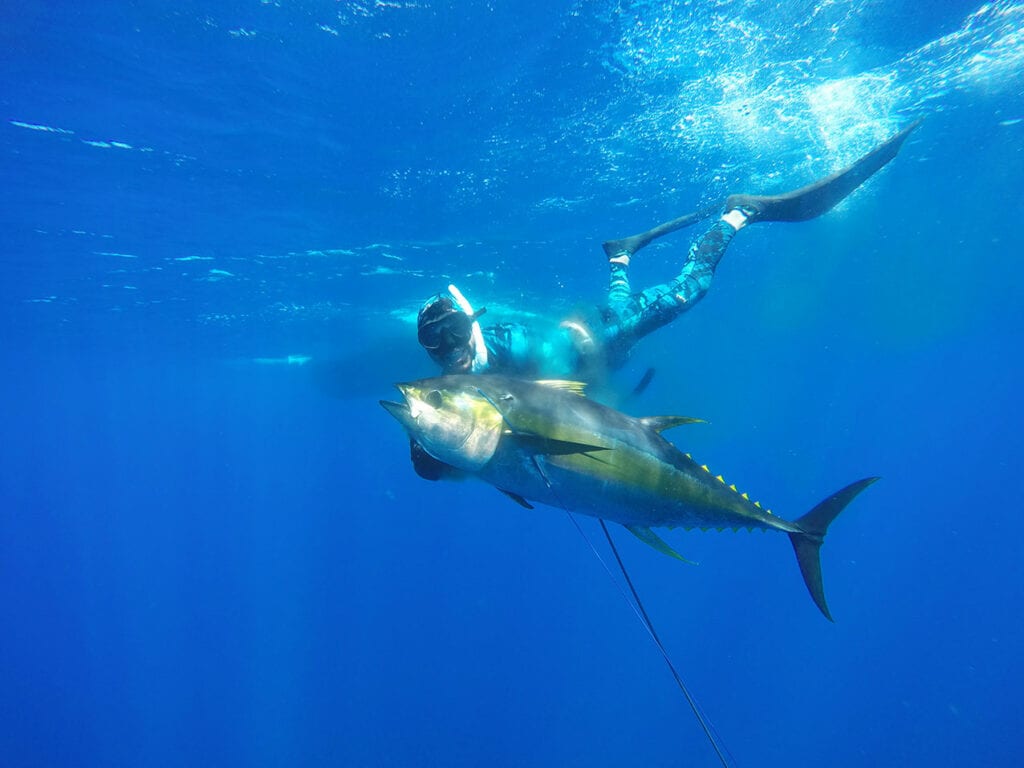The humpback whale is one of the largest animals in the world—the only creature that’s bigger is another whale. The average 48 feet in length, 35 tons, and live around 50 years. Because they’re mammals they birth their young alive, and a newborn whale averages 16 feet in length. The estimated population of humpbacks is somewhere between 30,000 to 40,000. Their nomadic nature makes it difficult to pin down the exact number. Humpback whale watching in Panama is the best in the world all the same.
They have one of the largest migration patterns of any species, traveling from one hemisphere to the next almost continuously. Humpback whales live throughout the world’s major oceans. They travel great distances during their seasonal migration, with some animals migrating 5,000 miles between high-latitude summer feeding grounds and winter mating and calving areas in tropical waters. In the North Pacific, some humpback whales migrate from Alaska to Hawaii—they can complete the 3,000-mile trip in as few as 36 days. They are notoriously slow swimmers, so that’s an impressive feat. They prefer the warmer tropical waters off the coast of Panama and Hawaii for giving birth.
When Will They Arrive?
The whales start arriving near Isla Boca Brava in July and continue showing up into October—you can still see them in November some years. The absolute best time to see them, though, is in September. Tourists and scientists both flood the area during this time to get a glimpse of these amazing creatures. Planning out a trip to see them should be done as far in advance as possible.
Where Will the Whales Be?
The Coiba Islands archipelago is considered the best place in the world to spot a humpback. Scientists, tourists, and locals alike come to Panama to enjoy the annual migration of the whales and the birthing of calves. Once you book your trip and arrive in Panama, the locals and charters will know where to go so you can get an up-close look at such a massive creature.
What Else is There?
Isla Boca Brava and the Bay of Chiriqui have plenty of things to do and see once you seen the whales. Panama spearfishing and deep-sea fishing are among the best in the world. Miles of coral reefs are there for exploring, and 30 miles offshore are the most fertile blue marlin fishing grounds in the world. World record catches are made there constantly. Spend a few weeks in a tropical paradise surrounded by peace, tranquility, and gorgeous sunsets. See you soon.
